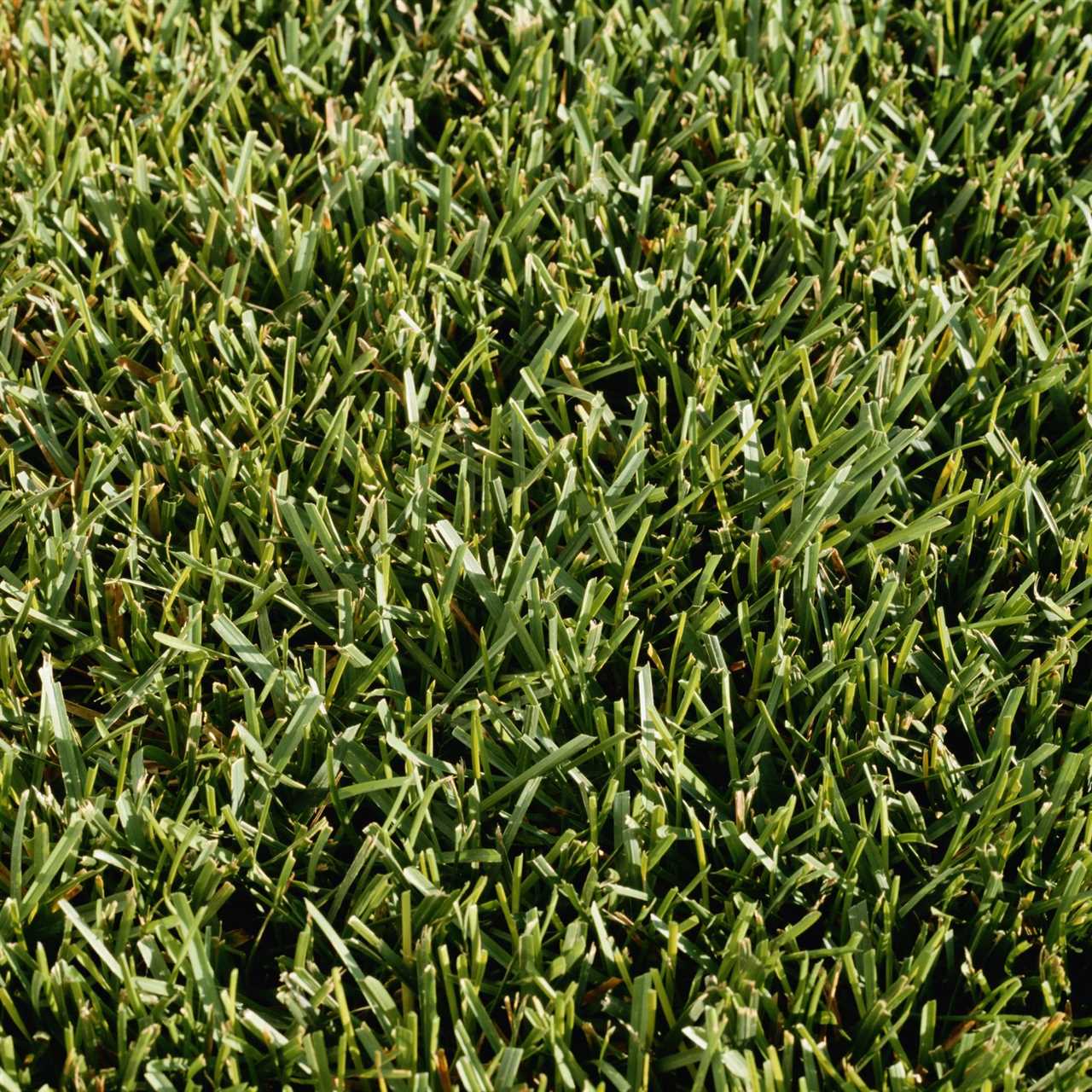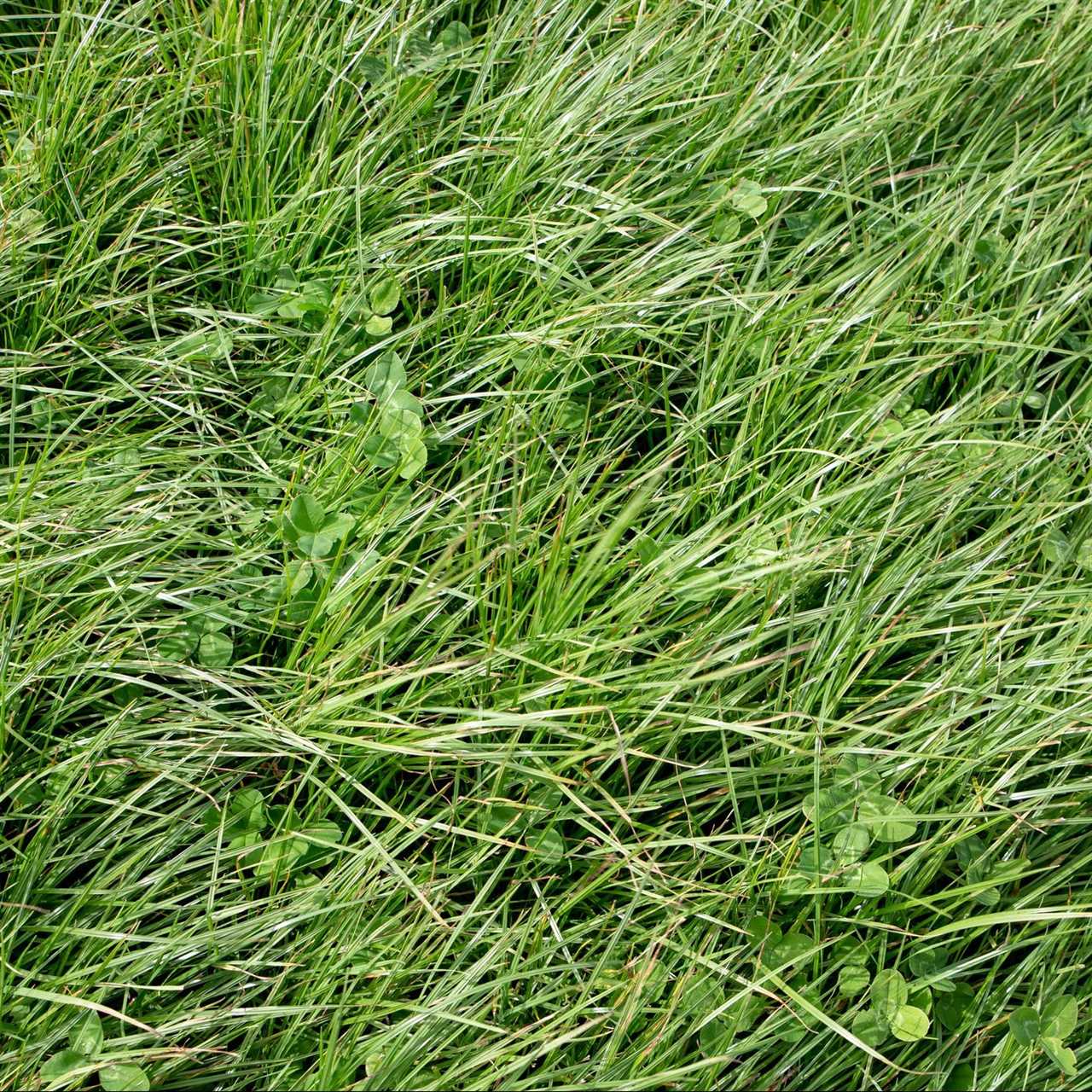
Long before they found a home on suburban lawns, cool-season grasses had their place in history. Archaeological studies of prehistoric cliff dwellings in the Southwestern U.S. show early Native Americans depended on these grasses as a food source, particularly in late spring and early summer before other crops matured.
Today, many of us depend on cool-season grasses for maintaining a green, healthy lawn year-round. Here’s what you need to know about cool-season grasses and whether these varieties are right for your lawn.
What Is a Cool-Season Grass?
While there are all sorts of technical definitions, it’s simpler for homeowners. According to Kris Kiser, president of The TurfMutt Foundation, a non-profit dedicated to the stewardship of green spaces, cool-season grasses are those that grow well in the cool of fall and spring.
“They stay green until the temperatures drop below freezing and can survive colder temperatures,” Kiser says. They typically grow best in the Northern U.S. and four-season climates elsewhere in the world.
What’s the Difference Between Warm- and Cool-Season Grasses?
Cool-season grasses require different optimum growing conditions than warm-season grasses. “Warm-season grasses like hotter weather, so they grow in late spring and go dormant in early to mid-fall,” Kiser says. Conversely, she says, cool-season grasses tolerate cooler weather so they stay green longer.
Another bonus, which those early Native Americans appreciated: Because cool-season grasses tolerate the cold, Kiser says they “green up” much earlier in the growing season compared to warm-season grass. “Cool-season grasses grow the most in the spring and fall when soil temperatures are 65 F or lower,” she says.
Types of Cool-Season Grasses
Joe Churchill, senior turf specialist for turf service and suppliers Reinders, Inc., identifies 13 types of cool-season grasses. Here are the main ones for residential lawns:
- Kentucky bluegrass;
- Perennial ryegrass;
- Creeping red fescue;
- Chewings fescue;
- Hard fescue;
- Tall fescue.
How To Identify Cool-Season Grasses
If you already have a healthy lawn and want to supplement it with more sod or seed, it helps to know what type of grass you’ve got. Here are some characteristics of the most common cool-season grasses.
- Kentucky bluegrass. This is dark green and holds up well to foot traffic, says Kiser. Churchill adds that Kentucky bluegrass has a medium texture and a boat-shaped leaf tip. It forms a tightly-knit sod and can be grown from seed or planted as sod.
- Perennial ryegrass. This looks a lot like Kentucky bluegrass, and will often be sold with it in a seed mix. Churchill says you can ID by its medium-green color and shiny underside of leaf blades. When it’s freshly mowed, says Kiser, perennial ryegrass shows a whitish cast at the top of the grass blades.
- Tall fescue. “Coarse tall fescue tends to have big blades that bunch up,” says Kiser. Thin, needle-like leaves are likely fine fescue. Churchill describes tall fescue as dark green with a medium texture.
When purchased as seed, cool-season grasses are often sold as a seed mix. The label on the bag should indicate what types of grasses are blended in and in what percentages, as well as what zones or climates best suit the grass.
How To Choose the Best Cool-Season Grass for Your Yard

The first thing to consider when choosing cool-season grass is where you live. Most cool-season grasses can tolerate a cold winter, although some will die in extremely low temperatures, but they don’t do well in a blazing hot summer.
“Cool-season grasses are more commonly planted in the upper tier of the U.S.,” says Kiser. “If you live in the transition zone between warm and cool zones, such as in the middle section of the country, consider using a blend that mixes warm- and cool-season grass seeds.”
Even within the range of cool-season grasses, some grow better than others in certain places. “You should always consider your climate zone and yard conditions,” says Kiser. Your local home and garden store should be able to help, but she also suggests contacting your county extension office for advice on what varieties grow best in your community.
When Is the Best Time To Plant Cool-Season Grass?
Churchill says it’s best to plant cool-season grasses from late summer through early fall. “This is when ambient and soil temperatures are both optimum and weed pressure is the lowest,” he says. “This translates into a higher success rate of getting seeds out of the ground and fully established.”
Can Cool-Season Grass Survive a Hot Summer?
They may prefer to grow in cooler weather, but some varieties of cool-season grass can survive a hot summer.
“Kentucky bluegrass is rated medium for drought and heat tolerance,” Kiser says. “It may turn brown during a hot summer and enter dormancy due to high heat. But it will often green up again once the temperatures go down.” Other varieties, like perennial ryegrass and fescues, have a lower tolerance for heat and drought.
“All of these species are perennials, meaning they will come back year-after-year in the right climate,” Churchill says. “That is, unless something kills them, like high foot or equipment traffic, severe heat, drought, disease or insect infestation.”
Did you miss our previous article...
https://rsssuperfeeds.com/life-hacks/10-foods-that-you-dont-need-to-microwave






